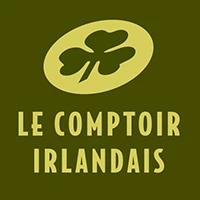Dominican Republic rum
- Our Cellar
- Best spirits 2025
- Whisky
- Rum Cellar
- Gins
- Beers
- Ciders
- Champagne
- Cocktail selection
- Archives
- Other selections
- Offre Spéciale Verre
- Whisky, Rum, Gin and Beer Gift Boxes
Rum from the Dominican Republic
Rum from the Dominican Republic began with the arrival of the Spanish colonists. As in Colombia, Jamaica and Venezuela, the settlers cultivated sugar cane on Dominican soil. They soon discovered that making rum was more profitable than making sugar.
Sustainable agriculture
The island's distilleries are increasingly turning to sustainable agriculture. Some have already been adopting this approach for some time, controlling their supply of local sugar cane. This program aims to protect the environment while improving rum quality. Dominican rums are often supple, light and sweet.
Traceability and the Solera Method
Rum traceability is slightly complicated by the frequent use of the Solera method, very common in South America, for aging rum and certain wines.
The Solera method involves a series of casks stacked in several rows, called "criaderas", with the lowest row being the "solera", where the oldest rum is stored. In this way, solera rum is always a blend of younger and older rums.
Leading brands
Several brands share the Dominican rum market:
- Brugal: One of the oldest and most respected brands.
- Barceló: Known for its well-balanced rums.
- Matusalem: Originally founded in Cuba, now produced in the Dominican Republic.
- Kirk & Sweeney: Appreciated for its aged and artisanal rums.
Dominican rum, with its rich history and sophisticated production techniques, offers a diversity of flavors and qualities, reflecting the island's cultural heritage.






